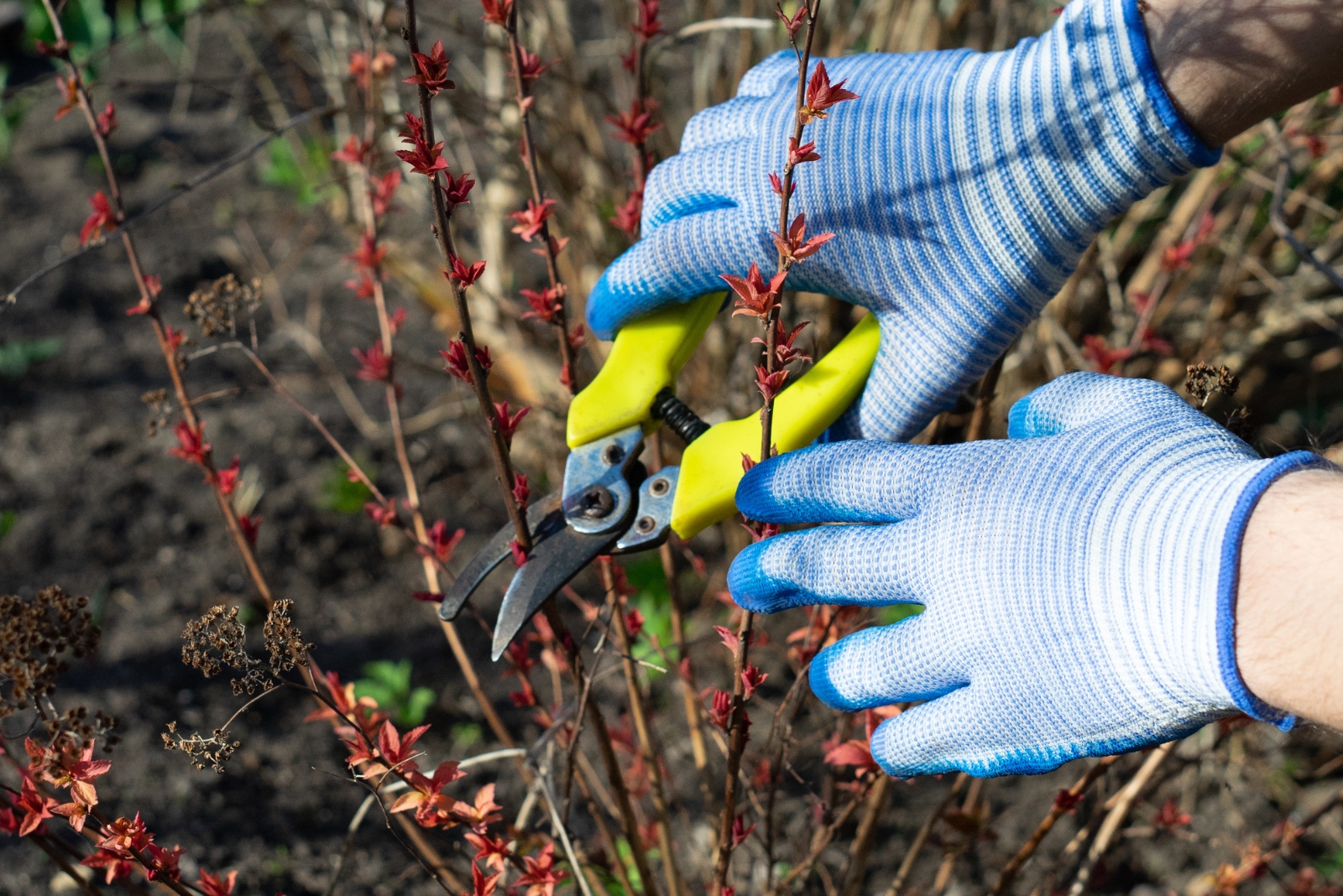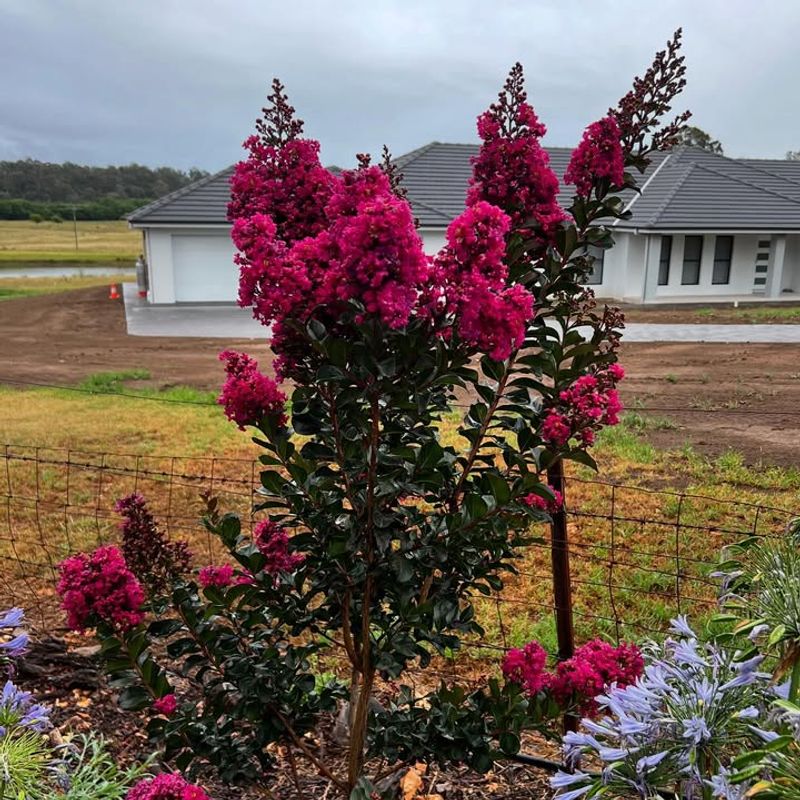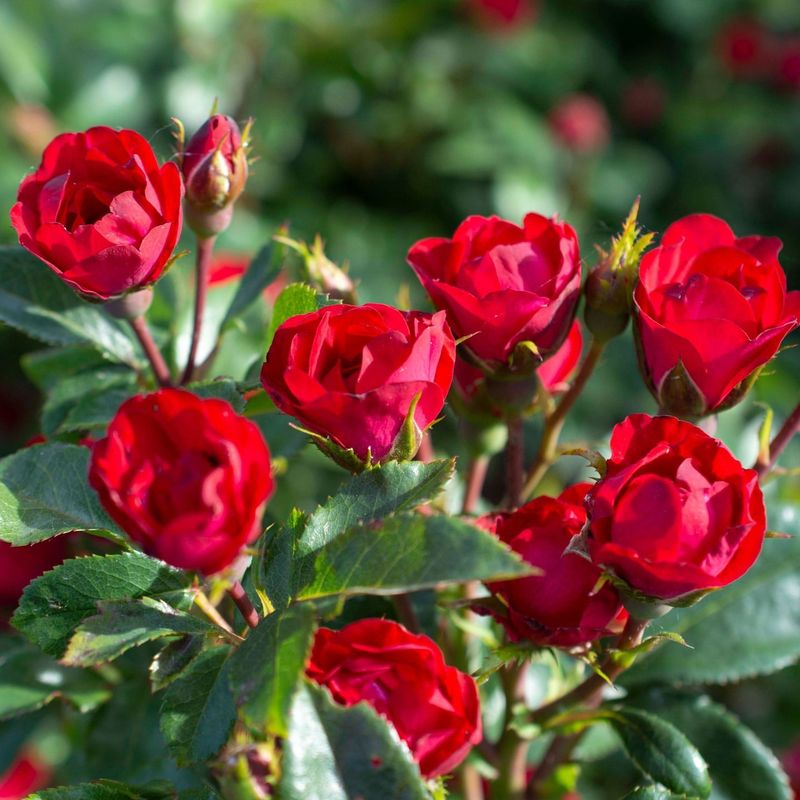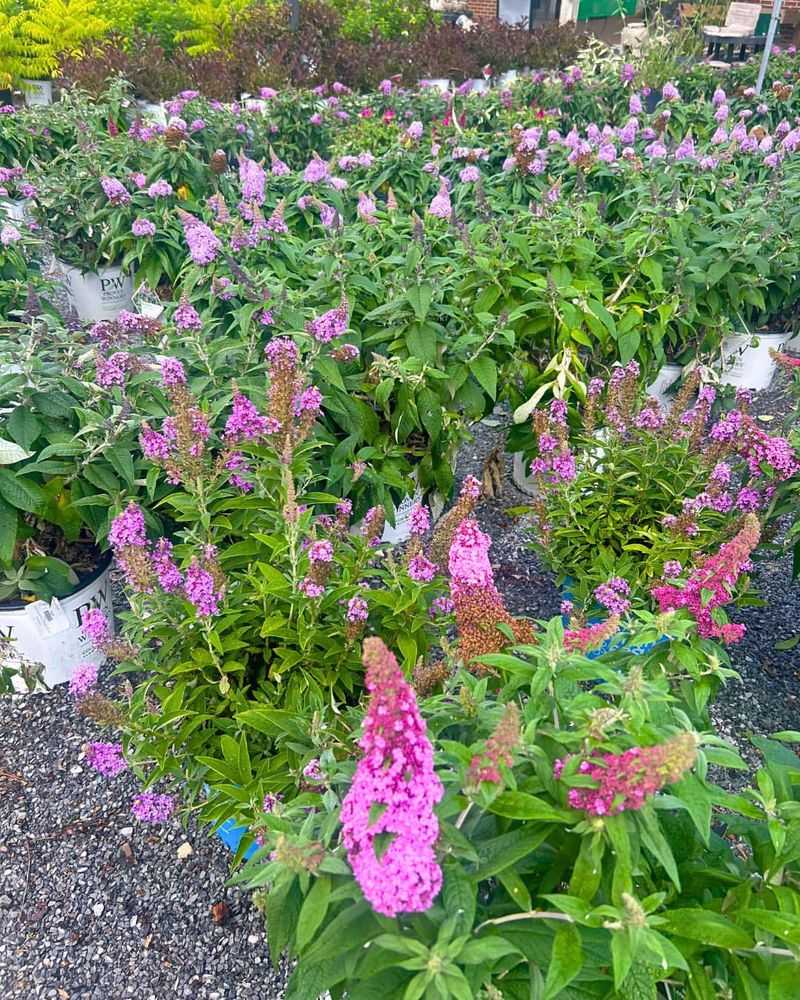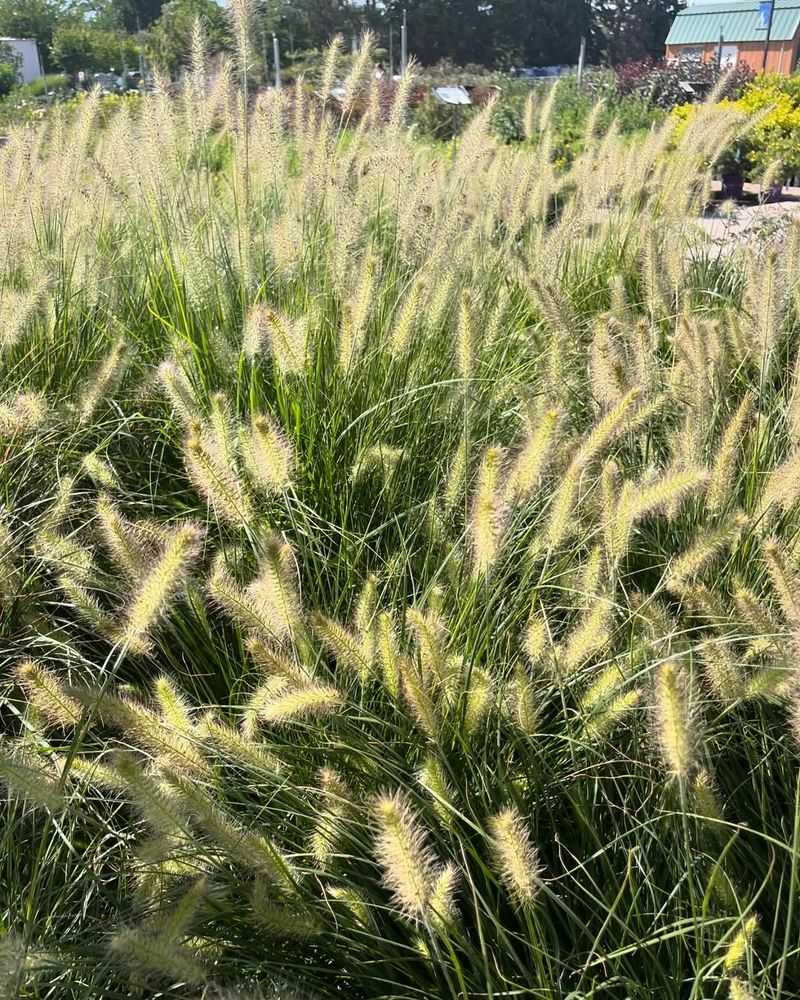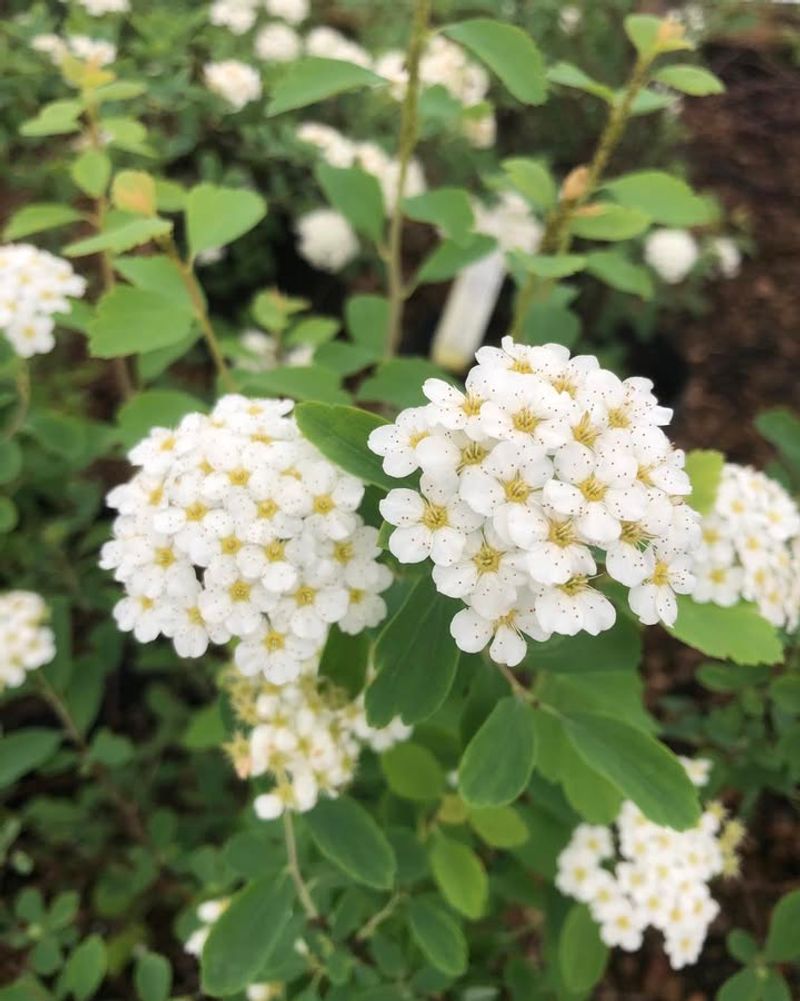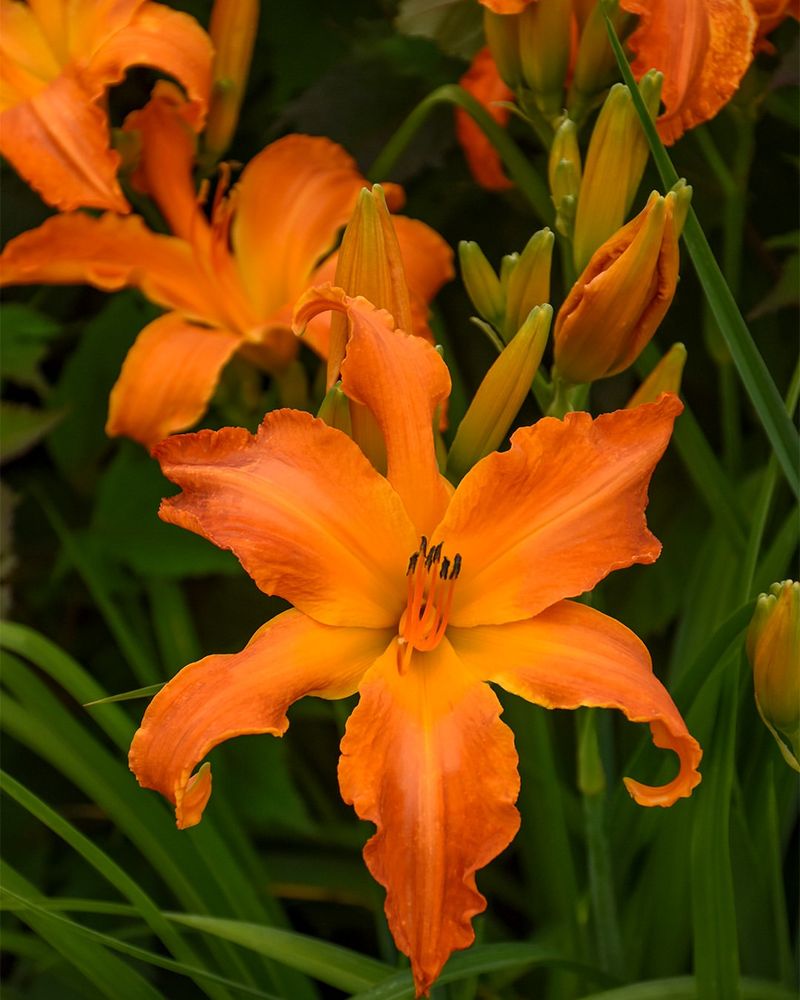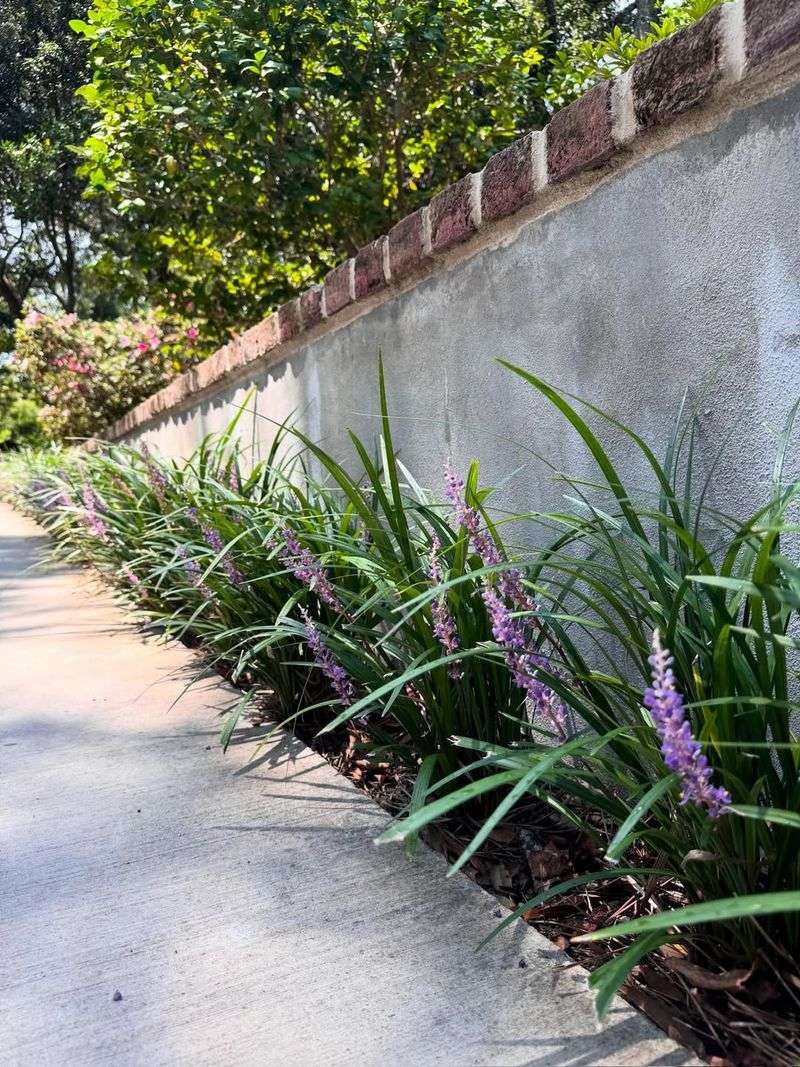November in Tennessee always feels like that moment when the yard needs a quick check-up before the cold settles in. I’ve had a few plants look a little too wild this time of year, so a good trim made everything feel neat again.
Some species bounce back stronger when they get a fall haircut. These are the plants that always seem to appreciate that November attention the most.
1. Crape Myrtle
Crape myrtles are beloved across Tennessee for their stunning summer blooms and graceful shape. November is an excellent time to give them a light trim, removing any dead or crossing branches that could cause problems.
Avoid heavy pruning, which some folks call “crape murder,” as it weakens the tree over time. Just focus on thinning out the canopy and cleaning up the structure.
Your crape myrtle will reward you next summer with healthier growth and more vibrant flowers throughout your Tennessee landscape.
2. Knockout Roses
Knockout roses are incredibly popular in Tennessee yards because they bloom repeatedly and resist disease better than many traditional roses. Before winter arrives, cut them back by about one-third of their height to keep them manageable.
Removing old canes and shaping the bush now helps prevent wind damage during winter storms. Clean cuts also reduce the chance of fungal issues developing in the cooler, wetter months.
Come springtime, your knockout roses will bounce back stronger and bushier than ever.
3. Butterfly Bush
Butterfly bushes attract pollinators all summer long, but they need a good trim before winter sets in across Tennessee. Cut back the woody stems to about 12 inches from the ground, which might seem drastic but encourages vigorous spring growth.
Leaving the spent flower heads through early November gives birds a chance to feast on the seeds. Once you’ve trimmed it down, your butterfly bush will have a fresh start when warm weather returns.
This hardy shrub thrives with this annual cutback routine.
4. Hydrangeas
Hydrangeas are tricky because different types require different pruning schedules, but November works well for certain varieties in Tennessee. Smooth hydrangeas and panicle hydrangeas benefit from late-fall trimming since they bloom on new wood.
Remove spent blooms and thin out older stems to improve air circulation. However, if you have bigleaf or oakleaf hydrangeas, hold off—they bloom on old wood and should be pruned right after flowering.
Knowing your hydrangea type makes all the difference for beautiful blooms.
5. Ornamental Grasses
Ornamental grasses add texture and movement to Tennessee landscapes throughout the growing season. By November, most have turned golden or tan, signaling it’s time to cut them back before winter.
Trim the clumps down to about 4-6 inches from the ground using sharp shears or hedge trimmers. This prevents the old foliage from matting down and smothering new spring growth.
Cutting them back also tidies up your garden beds and makes spring cleanup much easier for Tennessee homeowners everywhere.
6. Spirea
Spirea shrubs are low-maintenance favorites in Tennessee gardens, offering clouds of white or pink flowers depending on the variety. Late November is a smart time to shape them up and remove any dead or damaged branches.
Summer-blooming spireas can handle more aggressive pruning now since they flower on new growth. Spring-blooming types should only get light maintenance trimming at this time.
A quick trim keeps these bushes compact and prevents them from becoming overgrown and leggy over the years.
7. Sedum
Sedum, also known as stonecrop, produces thick, fleshy leaves and clusters of star-shaped flowers that Tennessee gardeners adore. By November, the flower heads have dried to a rusty brown, and it’s time to cut them back.
Trim the stems down to just above the ground, leaving the basal foliage intact. This cleanup prevents rot and disease from settling in during wet winter months.
Sedum is incredibly tough and will emerge fresh and green when spring warmth returns to Tennessee gardens.
8. Daylilies
Daylilies are practically foolproof perennials that thrive in Tennessee’s climate, blooming reliably every summer. Once frost hits in November, their foliage begins to yellow and collapse, making it the perfect time for cleanup.
Cut the leaves back to about 2-3 inches above the soil line to remove any hiding spots for pests or disease. This also keeps your garden beds looking neat throughout the winter.
Come spring, fresh green shoots will emerge, ready to put on another spectacular show across your Tennessee yard.
9. Salvia
Salvia plants bring vibrant color and attract hummingbirds to Tennessee gardens all summer long. By November, the flower spikes have faded and the stems become woody, signaling it’s time for a trim.
Cut back the plants by about half, removing spent blooms and leggy growth. This encourages the plant to focus energy on its roots during winter dormancy.
Trimming salvia now helps it return fuller and more vigorous when warmer weather arrives, ensuring another season of brilliant blooms in your Tennessee landscape.
10. Liriope
Liriope, often called monkey grass or lilyturf, forms dense clumps of grass-like foliage that edge countless Tennessee gardens. By late November, the leaves often look tattered and brown from frost exposure.
Cut the entire clump back to about 2 inches from the ground using shears or even a lawn mower on a high setting. This drastic trim might look harsh, but liriope recovers beautifully.
Fresh, vibrant green foliage will emerge in spring, making your Tennessee borders and walkways look crisp and well-maintained once again.

